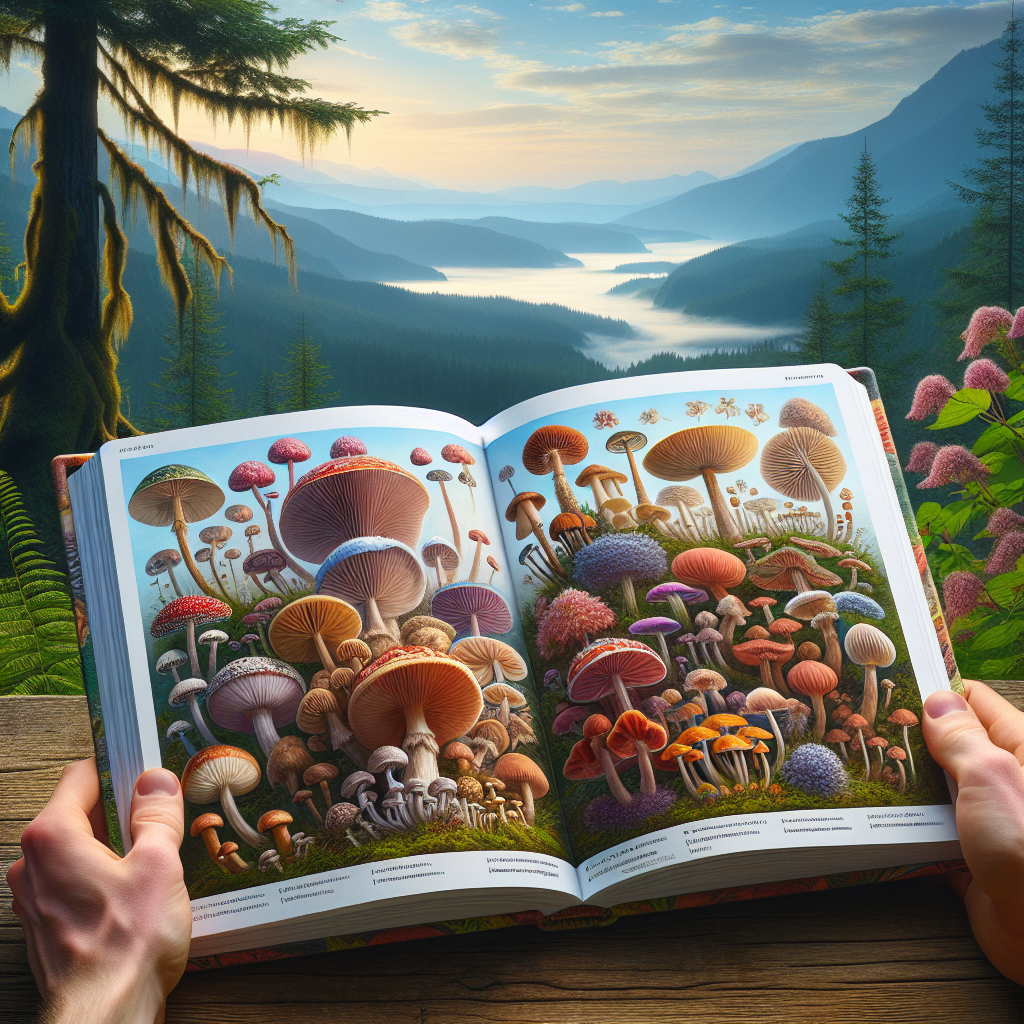From the lush, moss-laden forests of the Coast Range to the sagebrush-filled high desert of the eastern part of the state, Oregon is a mushroom-lover’s paradise. Hunting for these delectable fungi is a cherished tradition and hobby shared by many Oregonians. Whether you’re a beginner forager stepping into the forest for the first time or a veteran mushroom-hunter looking for a few Oregon-specific tips, this guide has something for everyone.]
Getting Started with Mushroom Hunting in Oregon Forget the bustling Saturday Market or the iconic Powell’s bookstore for a moment; one of the best shopping places in Oregon is right under your feet in the forest, ready to offer its bounty to those patient and knowledgeable enough to find it. Before you head out, however, make sure you’re aware of local foraging laws. Different public lands have different rules, and respecting these is crucial. For instance, in National Forests like Mount Hood, you’re generally allowed to pick mushrooms for personal use.
First Things First: Safety and Respect Before we delve into the different varieties you can expect to find, let’s remember a few cardinal rules of mushroom hunting. Never eat a mushroom you can’t positively identify, some varieties can be dangerously toxic. Also, remember to respect the ecology. Only take what you need and try to minimize the impact on plant and animal habitats.
Common Mushrooms in Oregon Morels and chanterelles are some of the most sought-after mushrooms in Oregon, treasured for their rich flavor and culinary versatility. They usually start popping up in the spring, with the morel season running through early summer and chanterelles continuing into early fall. These mushrooms can be found in many places, but locals swear by the fruitful lands around Tillamook State Forest and Siuslaw National Forest.

Fall is the perfect time for hunting the coveted King Boletus or Porcini. Nestled beneath the towering Ponderosa Pines around Bend and Sisters, these dense, meaty mushrooms are a real treat.
Recognizing Oregon’s Poisonous Mushrooms While most mushrooms you’ll encounter are harmless, some are deadly. The Death Cap and the Destroying Angel are two of the most dangerous fungi you can find, often growing in city parks and suburban areas as well as the forest. Be cautious around white, gilled mushrooms and know how to recognize these danger signs.
Learning to Identify Mushrooms Beginners often find mushroom ID guides useful. To take it a step further, joining a local mycology club can be incredibly beneficial. The Oregon Mycological Society in Portland regularly schedules forays and meetings where you can learn from seasoned foragers.
Seasonal Considerations Remember, mushrooms are seasonal, and even the most fruitful hunting grounds can be barren if it’s the wrong time of year. Check local foraging forums or ask an experienced local to know when it’s the right time to head out. Oregon’s wet coastal climate is ideal for mushroom growth, but higher elevations in the Cascades might have later seasons due to cooler temperatures.
The Coastal Weather Quirk The coastal weather in Oregon is notoriously changeable, especially in the afternoons. Always take into consideration weather changes and remember to pack accordingly when going mushroom hunting along the coast. Layer clothing and wear waterproof boots to tackle those sudden showers!
Adventures Beyond the forest: Farming Your Own Mushrooms If tramping around the woods isn’t your style, Oregon offers plenty of alternatives. Consider trying your hand at growing edible mushrooms at home with a kit from places like The Mushroomery in Lebanon or Far West Fungi in Brookings, who offer spawn of all sorts of different edible mushrooms for you to cultivate in your backyard.
Remember to Relax and Enjoy the Hunt The beauty of mushroom hunting is that it’s not just about what you bag; it’s about slowing down, spending time in beautiful places, and connecting with nature. The dense forests, trickling creeks and hidden waterfalls are all part of the mushroom-hunting experience.
Like any other adventure, mushroom foraging requires time, patience, and the willingness to learn. So pack your wicker baskets, pull on those boots, take the family or a couple of friends, and head out into the great green nowhere. Enjoy the beauty that our beloved Oregon has to offer, and if you’re lucky, return with a basket full of natural, earthy, Oregonian bounty. Happy hunting!
